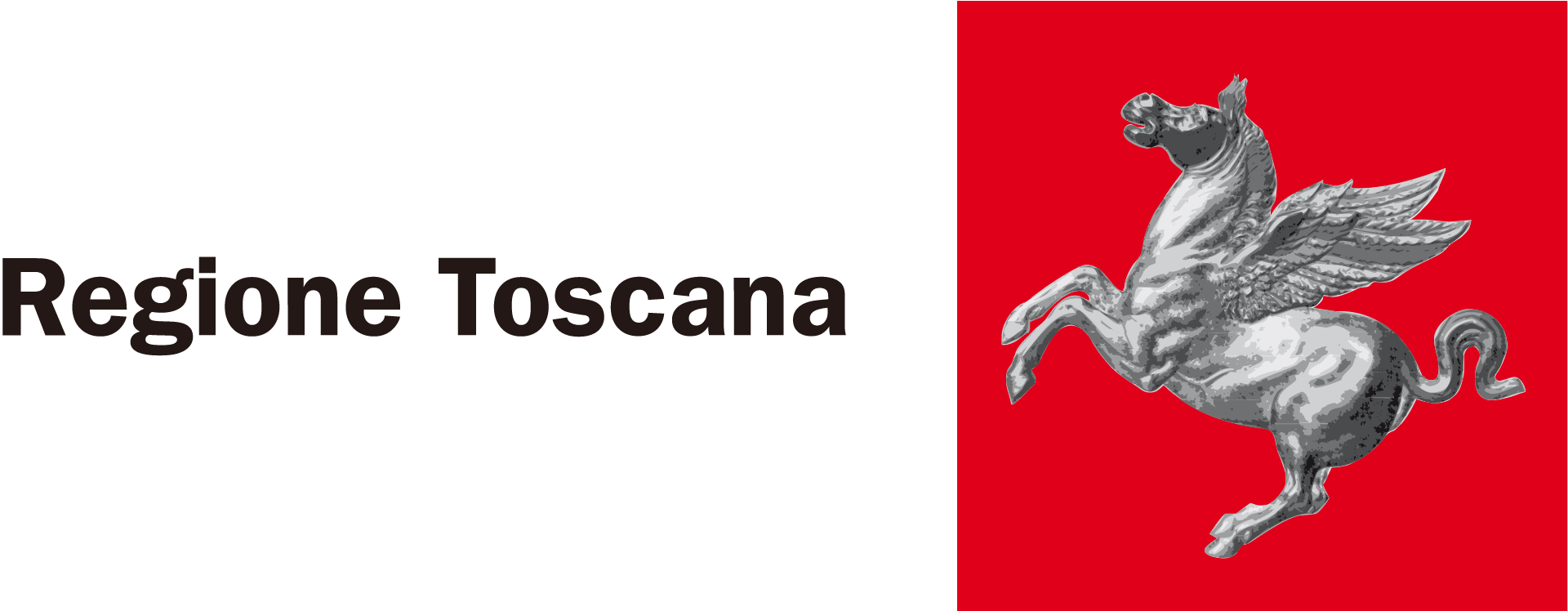This book collects the contributions of a group of experts from the fields of industrial, regional, transport and labour economics, of management and macroeconomics, who play a significant role in the debate carried out by the scientific institutions they belong to. Its main purpose is to illustrate to a wide audience how the foundation of the recent analyses developed within the disciplines dealing with the “real economy” are in fact based on growth models – and thus suggest interventions of political economy – that are very dissimilar from the traditional (and neoliberal) macroeconomic ones, which guided policies in Europe and Italy in recent years – with disappointing results, to say the least.
A territorial industrial policy seems vital for the definition of a national and European programme involving daring and far-sighted interventions to promote innovation in manufacturing, in services and in public administration. Therefore, these are meant to increase private and public investments in new productions and to reduce the high-rise levels of current unemployment in Italy and in Europe.
What is not required or relevant enough, in order to come out of recession and return to satisfactory growth rates, is to increase public expenditure (Keynesian solution) or to reduce taxes (neoliberal solution). Conversely, it is imperative to stimulate, on the one hand the recovery of investments with interventions focused on innovation and, on the other hand, the incessant increase in demand for new goods and services. The regulation of expenditure in both firms and the State is not challenged by heavy investments in innovation, since technological leadership is a fundamental factor for long-term competitiveness and high future profit margins, and the expenses for the development of new productions must then be raised.
Industrial policy, which has been put aside under the pressure of traditional liberal ideology, proves instead to be of great consequence in a modern knowledge- and innovation-based economy, also given the limits of the standard approaches of monetary and public finance policies in promoting economic growth.
In Italy, the starting point for any economic renewal or restructuring programme following the crisis is the territory, because this is where the spurs for a sustainable economic development come from, and not just the international markets. The success of innovative projects depends on the territorial embeddedness of entrepreneurial abilities, of competencies and human resources. At the same time, it is in the territory, especially of the largest metropolitan areas, that new needs arise in terms of a better environment and life quality, together with the opportunities to invest in new goods and services.
Given that the tools of monetary and fiscal policies have been transferred or are subject to the constraints established at Communitarian level, the planning of industrial and regional policies that should boost innovation, investments and new productions is – as maintained by the vertical subsidiarity principle – in the hands of national States or Regions, although they must stick to the specific Community’s strategic focuses.
In this regard, the contributions included in this volume offer accurate analyses, hints and suggestions that we believe deserve great attention.
Free dissemination of the book jointly from the following sites:
www.rivistasr.it
www.economia.uniroma2.it/dedi/ebook-politiche-industriali
www.unibs.it/dipartimenti/economia-e-management/ricerca/pubblicazioni/ebook-crescita-investimenti-territorio
www.univiu.org/research-training/research-tedis
www.dises.univpm.it/ebook-crescita-investimenti-territorio
Contributo pubblicato nel volume:
Crescita, investimenti e territorio: il ruolo delle politiche industriali e regionali
a cura di Cappellin R., Marelli E., Rullani E. e Sterlacchini A.
Website “Scienze Regionali,” eBook 2014.1 www.rivistasr.it
Autore: Stefano Casini Benventuti









